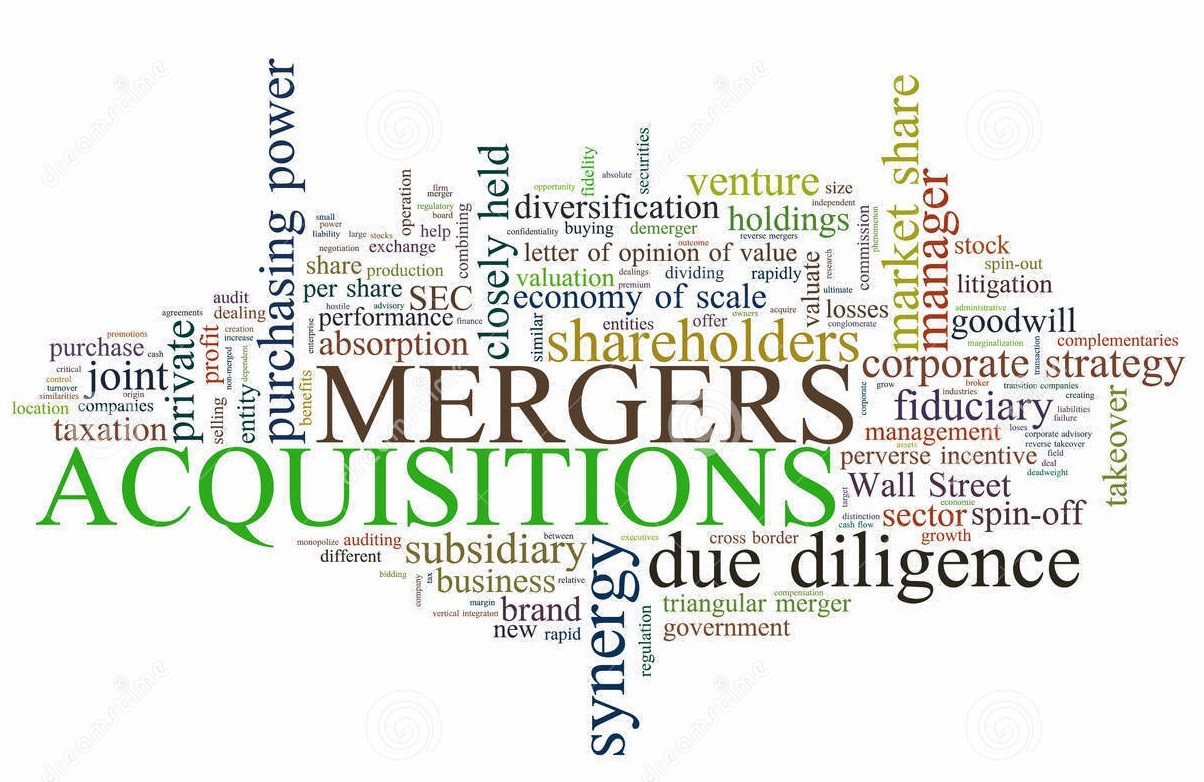
Cash Management focuses on how bankers can create value to clients in the acceleration of cash receipts, efficient processing of payments and how to make better use of excess funds through short-term investments.

Credit Derivatives
The expansion in the use of credit mitigation and transfer techniques in the decade following the turn of the millennium has been stellar. Culminating in the events of 2007 through to the present has highlighted the need for greater understanding of credit derivatives and their application. We will examine the main product types, Credit Default Swaps and Total Return Swaps, investigating the processes and applications within a banking context as well as the process of Collateralized Debt Obligations (CDOs) and
the circumstances surrounding the ‘Sub Prime’ scandal.
Credit Risk Analysis & Reporting
When we come to an investment or lending decision to a corporate entity, we need to have a sound basis and rationale to arrive at that decision. This has to be based on a systematic approach using the right methodology. Different companies have different characteristics, risk profile, growth prospects and structure that would appeal to various investors or financiers differently based on their risk appetite and expectations. In order to establish these factors, we have to adopt some established framework based on international best practices adopted by leading institutions to apply the concept of “high-
risk, high-returns” on the companies that we want to invest or finance.
Commodity Hedging relates to how products are used by bankers’ and businesses alike to offset exposure to price changes or fluctuations in some opposite position with the goal of minimizing one’s exposure to unwanted risk, featuring the physical nature of commodities, commodity futures and forwards, forward Pricing, contract standardization and customization, calculation of P&L, trading commodity futures, settlement, clearing and Novation, margin requirement, OTC commodity derivatives and exchange clearing.

Fixed income markets encompass all interest rate financial instruments, like a bond, money market instrument, swaps, caps floors, swaptions and more generally any interest rates derivatives. Investment banks often split their trading activity between equity, foreign exchange, fixed income, commodity markets as they are all very different markets.
:max_bytes(150000):strip_icc()/getty-currencyrates_1200_483658563-56a7232a5f9b58b7d0e73f52.jpg)
The foreign exchange market (forex, FX, or currency market) is a worldwide
decentralized over-the-counter financial market for the trading of currencies. Financial centers around the world function as anchors of trading between a wide range of different types of buyers and sellers around the clock, with the exception of weekends. The foreign exchange market determines the relative values of different currencies. The primary purpose of the foreign exchange is to assist international trade and investment, by allowing businesses to convert one currency to another currency. For example, it permits a US business to import British goods and pay Pound Sterling, even though the business’s income is in US dollars. It also supports speculation, and facilitates the carry trade, in which investors borrow low-yielding currencies and lend (invest in) high-yielding currencies, and which (it has been claimed) may lead to loss of competitiveness in some countries.
An interest rate derivative is a derivative where the underlying asset is the right to pay or receive a notional amount of money at a given interest rate. These structures are popular for investors with customized cashflow needs or specific views on the interest rate movements (such as volatility movements or simple directional movements) and are therefore usually traded Over-The-Counter.

Leveraged buyout & Mergers & Acquisitions
Corporate clients expect their bankers to know about current M&A trends, landscape and market practices.

The money market is a component of the financial markets for assets involved in short-term borrowing and lending with original maturities of one year or shorter time frames. Trading in the money markets involves Treasury bills, commercial paper, bankers’ acceptances, certificates of deposit, federal funds, and short-lived mortgage- and asset-backed securities.
Public private partnership (PPP) Finance
The PPP Assessment involves deciding the optimum allocation of risk between the public and private sector and the financing structure and strategies to be used. PPP arrangements are not suitable in all cases. A proper assessment, taking into account the nature of the project and any precedent projects that are known, must take place to confirm suitability or otherwise for financing purposes.
Project & Infrastructure Finance
Project financing is a specialized business offered by major financial institutions around the globe. It normally involves the long term financing of huge capital investment or infrastructure projects which are economically viable on the basis of sufficient cash flow projections from operations as well as satisfactory market condition. The project relies on the actual cash flows to service the project loan and to provide the target return on the equity investors.
Real Estate Finance
Real estate investment remains a hot topic in many Asian countries. This is designed to impart insights on the increasingly complex and sophisticated process of real estate investment, property development and financing. It covers an analysis of the key drivers of real estate finance and typical financing structure for the real estate sector.
Syndicated Loans
Syndicated loan is a common financing method for large companies across Asia. Banks are expected to offer the best terms and structure to meet their client’s financing requirements for business growth and capital expenditure. Loan Syndication refers to a scenario whereby a group of participating banks, led by an arranger bank, pool together financing facilities to satisfy the client’s funding needs.

Trade Finance
While a seller (the exporter) can require the purchaser (an importer) to prepay for goods shipped, the purchaser (importer) may wish to reduce risk by requiring the seller to document the goods that have been shipped. Banks may assist by providing various forms of support. For example, the importer's bank may provide a letter of credit to the exporter (or the exporter's bank) providing for payment upon presentation of certain documents, such as a bill of lading. The exporter's bank may make a loan (by advancing funds) to the exporter on the basis of the export contract. Other forms of trade finance can include Documentary collection, trade credit insurance, export factoring, forfaiting and others. In many countries, trade finance is often supported by quasi-government entities known as export credit agencies that work with commercial banks and other financial institutions.
